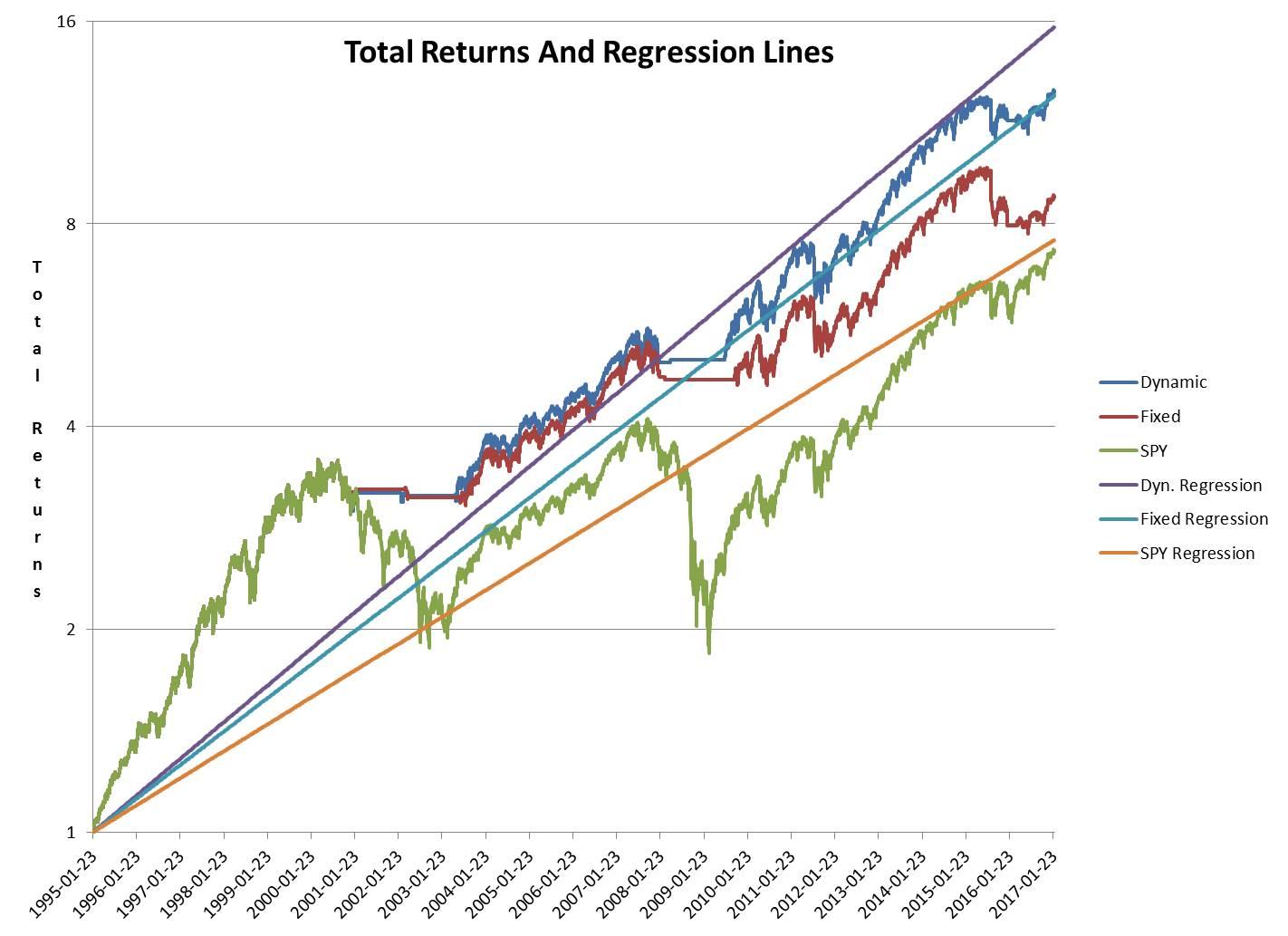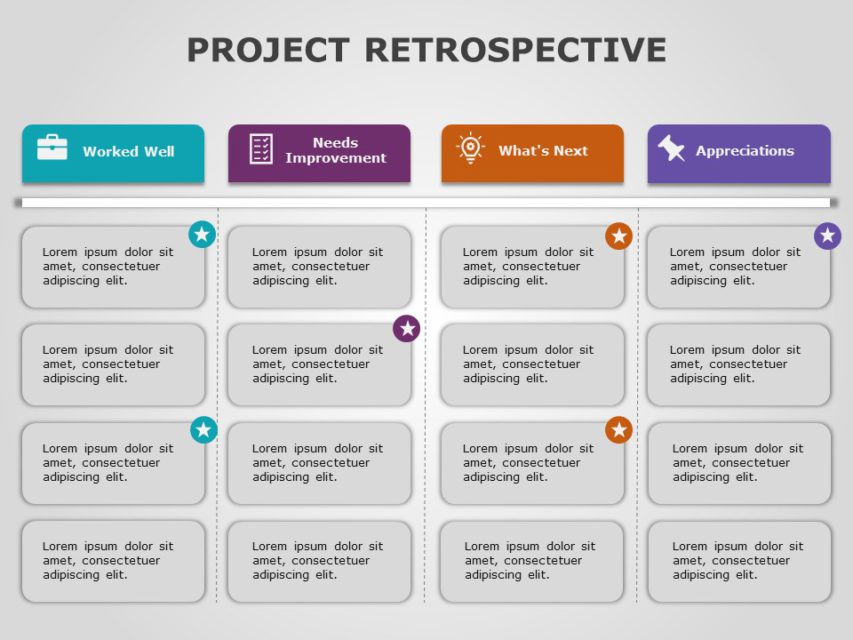Defining the Concept: What is a Lookback Period?
Data analysis relies heavily on the concept of a lookback period, a specific timeframe used to examine and understand historical data. So, what is a lookback period? In essence, it is a window of time that allows analysts to identify patterns, trends, and correlations within a dataset, ultimately informing business decisions and strategic planning.
The significance of a lookback period lies in its ability to provide a snapshot of past events, enabling businesses to refine their strategies, optimize resources, and drive growth. By applying lookback periods to various datasets, professionals can uncover hidden opportunities, mitigate risks, and develop data-driven solutions to complex problems.
In diverse industries, such as finance, healthcare, and marketing, lookback periods are used to analyze datasets, including stock prices, patient outcomes, and customer interactions. This analysis enables professionals to gain valuable insights into customer behavior, market fluctuations, and operational efficiencies, ultimately driving informed decision-making.
How to Apply Lookback Periods in Real-World Scenarios
Lookback periods are not just theoretical concepts; they have practical applications in various industries. In finance, lookback periods are used to analyze stock prices, trading volumes, and market trends, enabling investors to make informed decisions about their portfolios. For instance, a 12-month lookback period can help identify seasonal patterns in stock prices, while a 5-year lookback period can reveal long-term trends.
In healthcare, lookback periods are crucial in understanding patient outcomes, disease patterns, and treatment efficacy. By analyzing electronic health records (EHRs) over a 2-year lookback period, healthcare professionals can identify high-risk patients, track disease progression, and develop targeted interventions.
In marketing, lookback periods are used to analyze customer behavior, preferences, and purchasing patterns. A 6-month lookback period can help businesses identify seasonal fluctuations in demand, while a 1-year lookback period can reveal customer loyalty and retention patterns.
The benefits of lookback periods are numerous, including improved forecasting, enhanced decision-making, and optimized resource allocation. However, it’s essential to be aware of the limitations, such as data quality issues, sampling biases, and the potential for overfitting or underfitting models.
The Role of Lookback Periods in Trend Analysis and Forecasting
Lookback periods play a vital role in trend analysis and forecasting, as they enable analysts to identify patterns, correlations, and anomalies in data. By examining historical data over a specific lookback period, analysts can uncover underlying trends, seasonality, and correlations that inform forecasting and predictive modeling.
In trend analysis, lookback periods help analysts to distinguish between short-term fluctuations and long-term trends. For instance, a 3-year lookback period can reveal a company’s revenue growth trend, while a 10-year lookback period can identify long-term market shifts. This information is crucial for businesses to make informed decisions about investments, resource allocation, and strategic planning.
In forecasting, lookback periods are used to develop predictive models that can accurately forecast future events. By analyzing historical data over a lookback period, analysts can identify the most relevant variables, estimate model parameters, and validate model performance. For example, a 6-month lookback period can be used to forecast sales, while a 2-year lookback period can be used to predict customer churn.
The choice of lookback period depends on the specific research question, data quality, and the complexity of the phenomenon being studied. A well-chosen lookback period can provide valuable insights into data, while a poorly chosen lookback period can lead to misleading results and inaccurate forecasts.
Choosing the Right Lookback Period: Factors to Consider
Selecting the appropriate lookback period is crucial in data analysis, as it directly impacts the accuracy and reliability of insights and forecasts. Several factors influence the choice of lookback period, including data quality, sample size, and the research question being addressed.
Data quality is a critical consideration, as poor-quality data can lead to biased or inaccurate results. A lookback period that is too short may not capture the underlying trends and patterns, while a lookback period that is too long may be influenced by outdated or irrelevant data. Analysts must carefully evaluate the data quality and adjust the lookback period accordingly.
Sample size is another important factor, as a small sample size may not provide sufficient data to support meaningful analysis. A larger sample size can provide more robust results, but may also increase the risk of overfitting or data dredging. Analysts must balance the need for a sufficient sample size with the risk of data quality issues.
The research question being addressed also plays a significant role in selecting the lookback period. Different research questions require different lookback periods, and analysts must carefully consider the specific goals and objectives of the analysis. For instance, a lookback period of 1 year may be suitable for analyzing short-term trends, while a lookback period of 5 years may be more appropriate for identifying long-term patterns.
Other factors, such as data seasonality, outliers, and anomalies, can also influence the choice of lookback period. Analysts must carefully consider these factors and adjust the lookback period to ensure that the analysis is accurate, reliable, and relevant to the research question being addressed.
Common Pitfalls to Avoid When Working with Lookback Periods
When working with lookback periods, it’s essential to be aware of potential pitfalls and biases that can lead to inaccurate or misleading results. One common pitfall is data dredging, where analysts cherry-pick data to support a preconceived hypothesis, rather than letting the data speak for itself.
Overfitting is another common issue, where a model is too complex and fits the noise in the data rather than the underlying patterns. This can lead to poor predictive performance and inaccurate forecasts. Selection bias is also a concern, where the selection of a lookback period is influenced by prior knowledge or assumptions, rather than being based on objective criteria.
Other pitfalls to avoid include ignoring data quality issues, such as missing values or outliers, and failing to consider the context and relevance of the data. Analysts must also be cautious of confirmation bias, where they selectively seek out data that confirms their existing beliefs, rather than considering alternative explanations.
To avoid these pitfalls, analysts should adopt a systematic and transparent approach to selecting lookback periods, based on objective criteria and a thorough understanding of the data. They should also be aware of their own biases and assumptions, and take steps to mitigate their impact on the analysis.
By being aware of these common pitfalls and taking steps to avoid them, analysts can ensure that their use of lookback periods is rigorous, reliable, and informative, and that their insights and forecasts are accurate and actionable.
Lookback Periods in Machine Learning and Artificial Intelligence
In machine learning and artificial intelligence, lookback periods play a crucial role in training models, evaluating performance, and identifying anomalies. By analyzing historical data, machine learning algorithms can learn patterns and relationships that inform predictions and decisions.
In training models, lookback periods help to define the scope of the data used to train the model. For example, in a time series forecasting model, the lookback period might be set to 12 months to capture seasonal patterns and trends. By selecting the right lookback period, machine learning engineers can ensure that their models are trained on relevant and representative data.
Lookback periods are also essential in evaluating the performance of machine learning models. By comparing the model’s predictions with actual outcomes over a specific lookback period, engineers can assess the model’s accuracy and identify areas for improvement. This helps to refine the model and improve its predictive capabilities.
In addition, lookback periods are used in anomaly detection, where the goal is to identify unusual patterns or outliers in the data. By analyzing data over a specific lookback period, machine learning algorithms can identify anomalies that may indicate errors, fraud, or other issues.
Furthermore, lookback periods are used in reinforcement learning, where agents learn from their experiences and adapt to changing environments. By analyzing the agent’s performance over a specific lookback period, engineers can refine the agent’s decision-making process and improve its overall performance.
Overall, lookback periods are a critical component of machine learning and artificial intelligence, enabling engineers to train models, evaluate performance, and identify anomalies. By selecting the right lookback period, engineers can unlock the full potential of their machine learning models and drive business value.
Real-World Examples of Lookback Periods in Action
Lookback periods are widely used in various industries to inform business decisions, predict outcomes, and identify trends. Here are some concrete examples of how lookback periods are used in real-world applications:
In stock market analysis, a lookback period of 5 years might be used to analyze the performance of a particular stock and identify patterns and trends that can inform investment decisions. By analyzing the stock’s historical data, analysts can identify seasonal fluctuations, trends, and correlations that can help predict future performance.
In customer churn prediction, a lookback period of 6 months might be used to analyze customer behavior and identify patterns that indicate a high likelihood of churn. By analyzing customer data over this period, companies can identify early warning signs of churn and take proactive steps to retain customers.
In disease outbreak detection, a lookback period of 2 weeks might be used to analyze disease incidence data and identify early warning signs of an outbreak. By analyzing data over this period, health officials can quickly identify clusters of cases and take swift action to contain the outbreak.
In supply chain management, a lookback period of 3 months might be used to analyze inventory levels, demand patterns, and shipping times. By analyzing data over this period, companies can optimize their supply chain operations, reduce inventory costs, and improve delivery times.
These examples illustrate the power of lookback periods in informing business decisions, predicting outcomes, and identifying trends. By selecting the right lookback period, organizations can unlock valuable insights from their data and drive business success.
Best Practices for Implementing Lookback Periods in Your Workflow
When integrating lookback periods into your data analysis workflow, it’s essential to follow best practices to ensure accurate and reliable results. Here are some actionable tips to help you get the most out of lookback periods:
Data Preparation: Ensure that your data is clean, complete, and consistent before applying a lookback period. This includes handling missing values, outliers, and data normalization.
Visualization: Use visualization tools to explore and understand the data over the selected lookback period. This can help identify trends, patterns, and correlations that may not be immediately apparent.
Reporting: Clearly document and report the lookback period used in your analysis, including the start and end dates, and the frequency of the data. This ensures transparency and reproducibility of results.
Contextualize Results: Consider the broader context in which the lookback period is being applied. This includes understanding the underlying business problem, the data generating process, and any external factors that may influence the results.
Monitor and Refine: Continuously monitor the performance of your lookback period and refine it as needed. This may involve adjusting the length of the lookback period, the frequency of the data, or the type of analysis being performed.
Avoid Overfitting: Be cautious of overfitting when using lookback periods, especially when working with large datasets. Regularly evaluate the performance of your model and adjust the lookback period to avoid overfitting.
By following these best practices, you can ensure that your lookback periods are accurately and effectively applied, providing valuable insights that drive business success. Remember, a well-chosen lookback period is essential to unlocking the power of data analysis.





